Norway’s fjords, with their deep blue waters flanked by towering cliffs and lush greenery, are not just natural wonders but also emblematic of the country’s profound beauty. These dramatic landscapes, carved by glacial activity over millions of years, offer more than just scenic views; they provide a gateway to understanding Norway’s natural and cultural history. Fjords like Geirangerfjord, Sognefjord, and Hardangerfjord are celebrated not only for their breathtaking vistas but also for the unique experiences they offer, from tranquil boat rides to adventurous hikes.
Whether you’re a nature lover seeking tranquility or an adventurer chasing the next thrill, the Norwegian fjords cater to all. This guide will navigate through the intricacies of exploring these majestic landscapes, detailing the best fjords to visit, the myriad of activities they host, and the optimal times to experience their unparalleled beauty. Join us as we delve into the heart of Norway’s fjord country, uncovering the best ways to explore these awe-inspiring regions.

Overview of Norway’s Famous Fjords
Norway’s fjords are renowned worldwide for their stunning beauty and dramatic landscapes. Each fjord has its own unique characteristics and attractions. Here are some of the most famous fjords that are a must-visit for any traveler to Norway.
Geirangerfjord
Recognized as a UNESCO World Heritage site, Geirangerfjord is famed for its spectacular waterfalls, such as the Seven Sisters and the Suitor, and its striking cliffs. The fjord’s deep blue waters are surrounded by lush green landscapes that rise dramatically from the sea. Visitors can take ferry rides that offer up-close views of these waterfalls and the abandoned farms high on the cliff sides, telling tales of a bygone era.
Sognefjord
Known as the longest and deepest fjord in Norway, Sognefjord extends more than 200 kilometers inland from the coast. The area around the fjord is incredibly diverse, ranging from lush orchard landscapes in the south to stark, snow-covered peaks in the north. Flåm, located on the shores of one of its branches, the Nærøyfjord, offers the famous Flåm Railway, which provides one of the most beautiful train journeys in the world.
Hardangerfjord
This is the second-longest fjord in Norway and is particularly known for its blooming fruit trees in spring. During this season, the fjord’s landscape is transformed into a sea of white and pink blossoms that cover the hillsides, making it an especially picturesque time to visit. Hardangerfjord is also an important cultural hub, with many festivals and events celebrating traditional Norwegian culture.
Lysefjord
Famous for the Pulpit Rock (Preikestolen) and Kjeragbolten, Lysefjord attracts thrill-seekers from around the world. Pulpit Rock, a flat plateau standing over 600 meters above the fjord, offers one of the most dramatic views in all of Norway. Kjeragbolten, a giant boulder wedged in a mountain crevasse suspended above the fjord, is another favorite spot for daring photographers and hikers.
Exploring these fjords offers a deep dive into the natural beauty and adventurous spirit of Norway. Each fjord presents a unique set of landscapes and experiences, promising unforgettable memories for all who visit. Whether you are cruising through the peaceful waters, hiking up scenic trails, or participating in cultural festivities, the fjords of Norway offer something for everyone.

How to Explore the Fjords
Exploring Norway’s fjords can be an adventure of a lifetime with the right approach. Whether you prefer the tranquility of a boat ride, the challenge of a steep hike, or the thrill of kayaking through serene waters, the fjords offer various ways to experience their majesty.
Cruises and Boat Tours
Cruising is one of the most popular ways to see the fjords. It allows you to cover significant distances while enjoying comfort and excellent viewing opportunities.
- Fjord Cruises: These range from large, luxurious ships to smaller, more intimate vessels. A cruise can offer a comprehensive tour that includes meals and guides who provide historical and geographical insights about the areas you pass through.
- Rib Boat Tours: For a more thrilling experience, consider a RIB (Rigid Inflatable Boat) tour. These fast-paced tours get you close to the waterfalls and wildlife, making for an exhilarating adventure.
Hiking and Trekking
For those who wish to explore the fjords from land, hiking is a rewarding option. Trails range from easy walks to challenging treks, often leading to breathtaking viewpoints.
- Guided Hikes: Opting for a guided hike can enhance your experience, as local guides share insights about the flora, fauna, and history of the region.
- Popular Trails: Trails like those leading to Pulpit Rock or the Troll’s Tongue are well-trodden for good reason, offering some of the most iconic views over the fjords.
Kayaking and Other Water Sports
Kayaking gives you a unique vantage point to appreciate the quiet majesty of the fjords, and it’s suitable for a range of skill levels.
- Guided Kayaking Tours: These tours ensure you have the right equipment and guidance for a safe and enjoyable journey.
- Stand-Up Paddleboarding: For a calmer but equally engaging experience, try paddleboarding, which is becoming increasingly popular in the calmer parts of the fjords.
Scenic Drives and Road Trips
Driving along the fjords can be as breathtaking as any boat tour, with the added freedom to stop whenever and wherever you choose.
- Route Recommendations: The National Tourist Routes, such as those in Geiranger-Trollstigen or Hardangervidda, offer well-maintained roads with plenty of scenic lookouts.
- Car Rentals: Renting a car gives you the flexibility to explore at your own pace, visiting lesser-known locations that are often just as stunning as the more famous spots.
Exploring the fjords can be adapted to fit any travel style, whether you’re seeking relaxation, adventure, or a bit of both. Each mode of exploration offers a different perspective of the stunning landscapes, ensuring that every visit can be a new experience. Remember to respect the natural environment and keep safety in mind to ensure a sustainable and enjoyable adventure for everyone.

Best Times to Visit the Fjords
Choosing the right time to visit Norway’s fjords can greatly influence your experience, as the region’s beauty shifts with the seasons. Each season offers unique activities and scenery, from the vibrant summer months to the serene beauty of winter.
Summer (June to August)
Summer is the peak tourist season, offering the warmest weather and the longest days, which are perfect for hiking and other outdoor activities.
- Advantages: The midnight sun in the northern parts allows for extended sightseeing days, and the weather is generally more conducive for hiking, cruising, and kayaking.
- Activities: This is the ideal time for outdoor concerts, festivals, and enjoying the bustling local life in nearby towns.
Autumn (September to October)
Autumn provides a stunning backdrop of fiery reds and golds in the foliage surrounding the fjords, making it a photographer’s dream.
- Advantages: Fewer tourists result in a more peaceful experience. The weather is still mild enough for outdoor activities, and the changing leaves create spectacular scenic views.
- Activities: It’s a great time for hiking as the trails are less crowded and the landscape is dramatically transformed.
Winter (November to March)
Winter covers the fjords in a blanket of snow, offering a different kind of beauty and the chance to see the northern lights.
- Advantages: The fjords are quiet, and the snowy landscape is perfect for winter sports. The contrast of the dark water against the snow-covered cliffs is striking.
- Activities: Skiing, snowshoeing, and potentially ice skating on frozen sections of the fjords are popular. The aurora borealis is also a major draw for visitors during the dark winter months.
Spring (April to May)
Spring is a time of renewal, with melting snow and burgeoning wildlife. It’s less crowded than summer but offers the beauty of blossoming flora.
- Advantages: You can witness the waterfalls at their most powerful, fed by the melting snow. It’s also a time to enjoy the reawakening of nature.
- Activities: Spring is ideal for those looking to enjoy the tranquility of the fjords without the summer crowds. It’s also a good season for bird watching as migratory species return.
Understanding the seasonal dynamics of the fjords will help you plan a visit that aligns with your interests, whether you’re after scenic hikes, photography opportunities, or the chance to witness the northern lights. Each season in the fjords presents a unique set of experiences that cater to different types of travellers, ensuring that any time of year can be the best time to visit, depending on your preferences.

Practical Tips for Fjord Exploration
Exploring the fjords of Norway is an adventure that requires thoughtful preparation. Here are some practical tips covering accommodation, transportation, and essential packing to ensure you have a smooth and enjoyable experience.
Accommodation
- Where to Stay: Options range from luxury hotels to cozy mountain cabins and waterfront cottages. For a truly immersive experience, consider staying in a rorbu, a traditional fisherman’s cabin, especially in the Lofoten Islands.
- Booking Tips: Accommodations in popular areas can fill up quickly during peak seasons, so it’s advisable to book well in advance. Off-season visits often provide more flexibility and potentially lower prices.
Transportation
- Getting Around: Depending on your itinerary, you might use a combination of transportation methods:
- By Car: Renting a car provides the most flexibility to explore at your own pace. Norway’s roads are well-maintained, but be prepared for narrow, winding roads in rural areas.
- Public Transport: Buses and ferries are reliable and offer routes that cover most major sights. The rail network can also be a scenic and relaxing way to travel between cities and towns.
- Guided Tours: For those who prefer not to drive, guided tours offer a hassle-free way to explore, with the added benefit of expert knowledge from local guides.
Packing and Preparation
- What to Pack: The weather in Norway can be unpredictable, so it’s crucial to pack layers that can accommodate changing conditions.
- Clothing: Waterproof and windproof jackets are essential, along with warm layers for cooler days, especially if you plan to visit outside the summer season.
- Gear: For hiking, sturdy boots are a must. Also consider packing binoculars for wildlife watching and a high-quality camera for the stunning landscapes.
- Miscellaneous: Don’t forget to bring a power adapter for Norway’s electrical outlets, and a portable charger can be handy for long days of exploring.
Local Tips
- Eating Out: Dining in Norway can be expensive, so for budget travelers, buying groceries and preparing your own food can be a good way to save money. Many accommodations offer kitchen facilities.
- Cultural Etiquette: Norwegians are known for their love of nature and take pride in keeping their environment clean. Always follow the ‘leave no trace’ principles during your outdoor activities.
These practical tips aim to help you navigate the logistics of a fjord exploration in Norway, allowing you to focus more on the breathtaking scenery and less on the details of travel planning. By being well-prepared, you can ensure a trip that’s as smooth as it is memorable.
Conclusion
Exploring Norway’s fjords is more than just a journey through stunning landscapes; it is an immersive experience into the heart of Norwegian natural beauty and cultural heritage. As we wrap up this ultimate guide to navigating the fjords, we hope you feel equipped and inspired to embark on this magnificent adventure.
Reflecting on the Journey
Whether you choose to sail along the deep blue waters, hike up to breathtaking vistas, or simply soak in the tranquility that envelops the fjords, each moment spent in these dramatic landscapes is sure to be unforgettable. The fjords are not only a testament to the spectacular forces of nature but also a reflection of Norway’s commitment to preserving and celebrating its environment.
Embracing the Fjord Experience
We encourage all travelers to embrace the full spectrum of activities and seasons that the fjords offer. From the warm, vibrant summers to the serene, snowy winters, each season paints the fjords in a new light and offers different ways to experience their majesty. Remember, part of the magic of the fjords lies in their changing moods—sunshine and rain bring out different facets of their beauty.
Responsible Travel
As you prepare to explore these pristine environments, we also urge you to travel responsibly. Be mindful of the ecological footprint you leave behind. Respect wildlife, adhere to local guidelines, and contribute to the conservation efforts by supporting eco-friendly services and practices.
This guide to Norway’s fjords is your starting point to a journey of awe and wonder. Armed with practical tips and insights into the best places and times to visit, you’re ready to discover why the fjords have captivated the hearts of travelers around the world. Pack your spirit of adventure, and let Norway’s fjords inspire you with their timeless beauty and enduring charm. Safe travels!
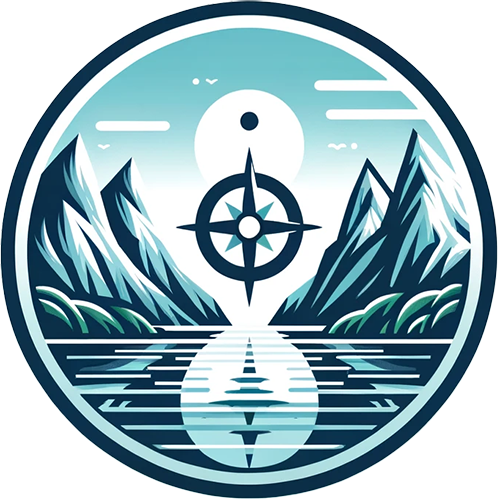
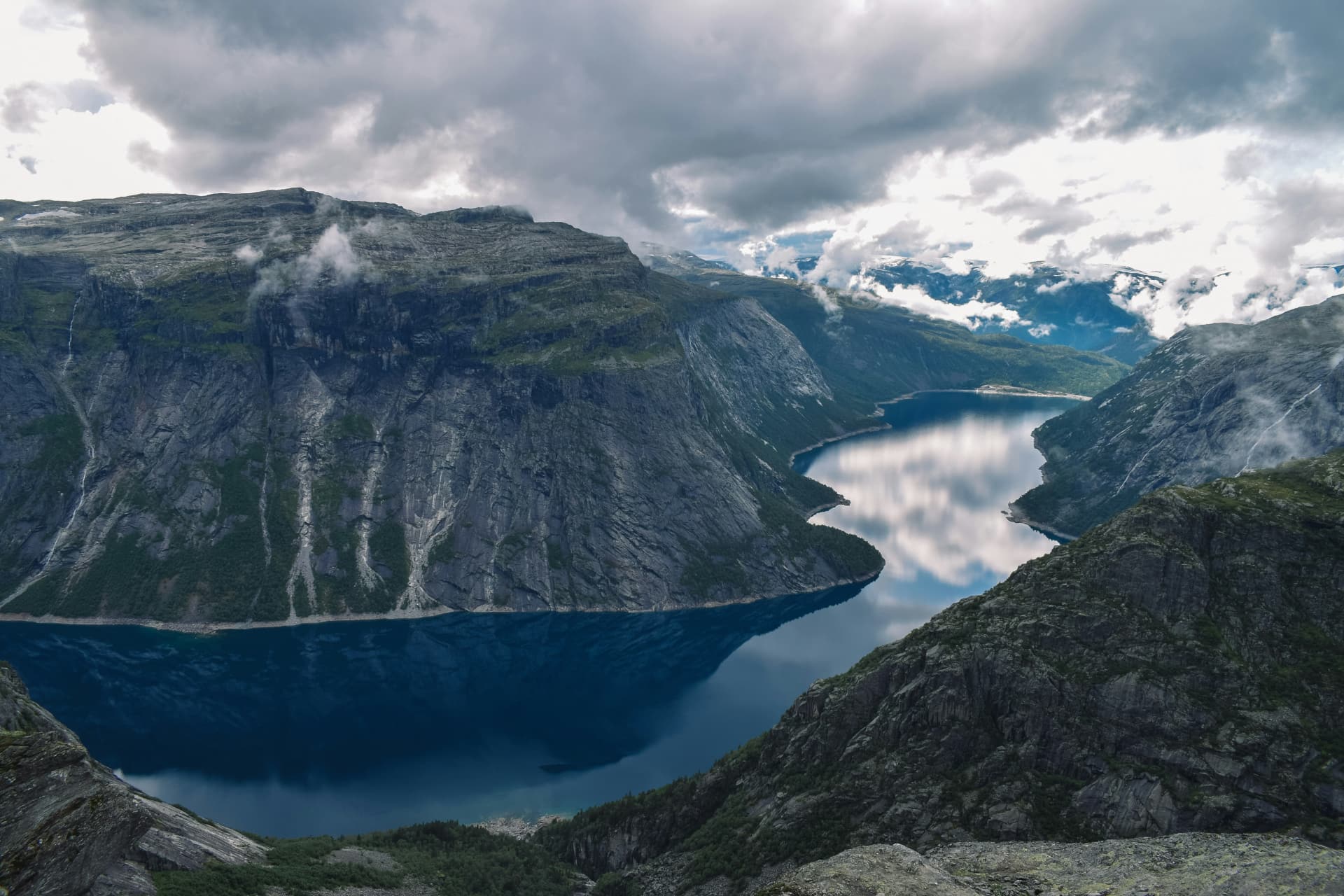
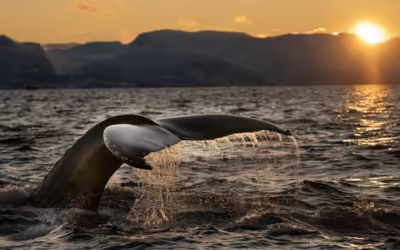
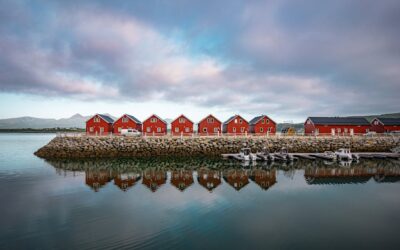
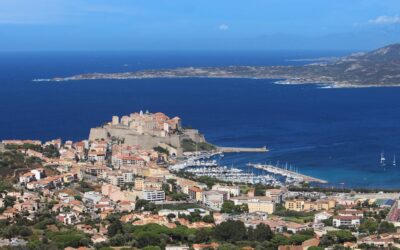
0 Comments